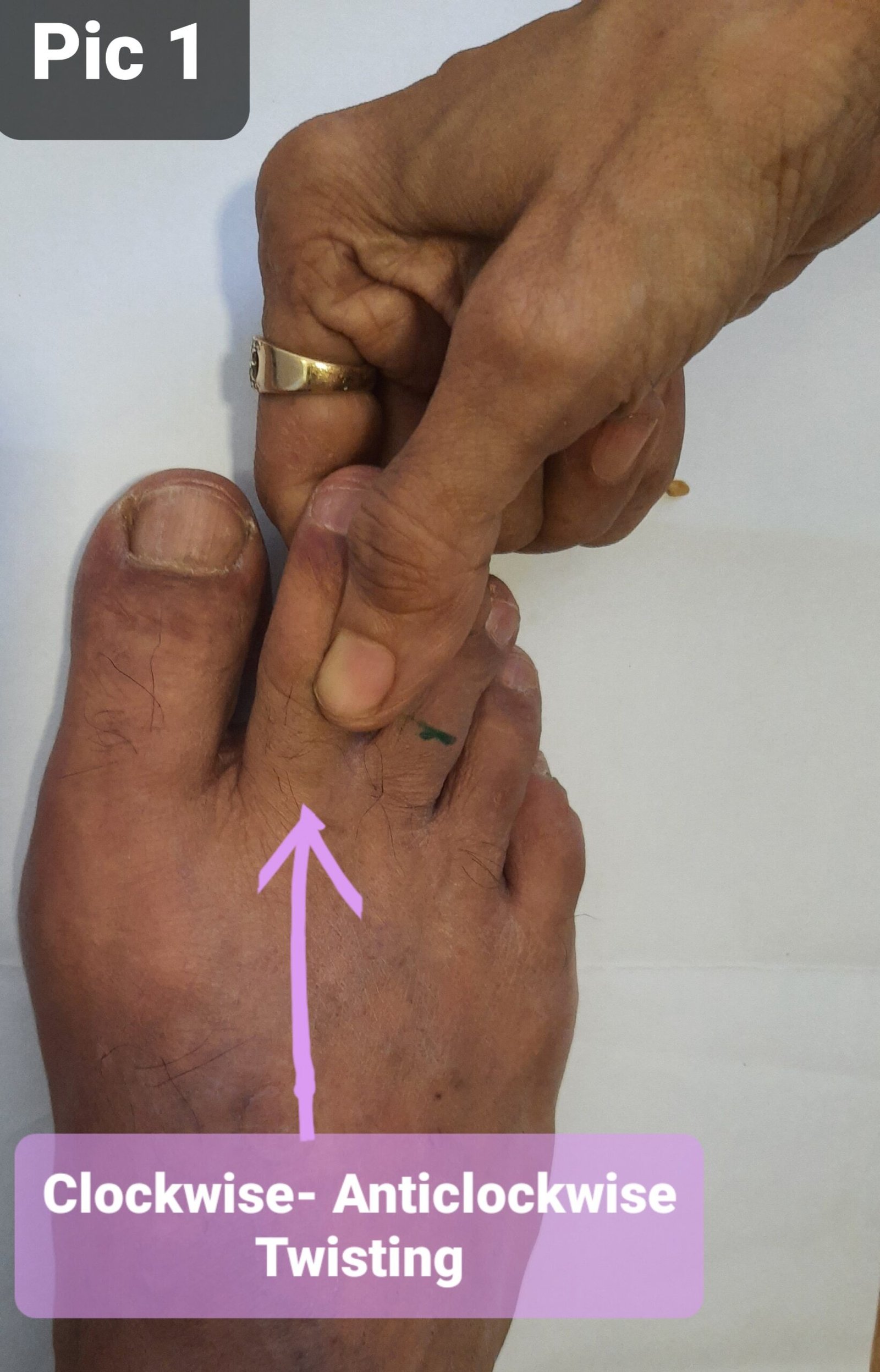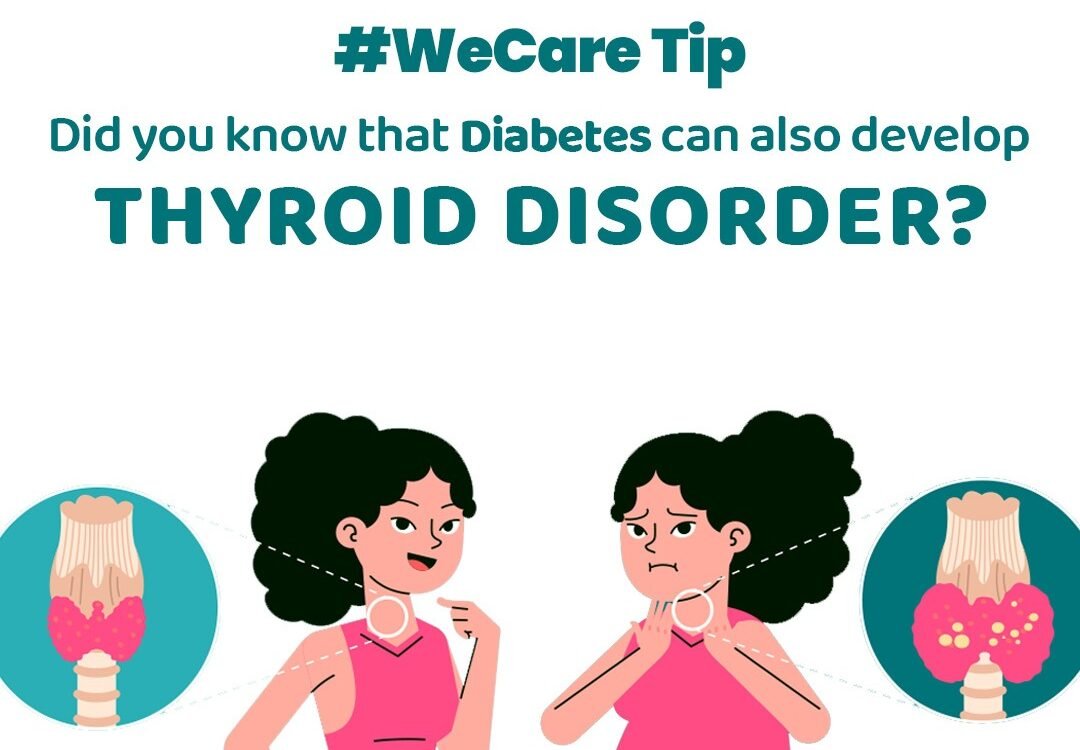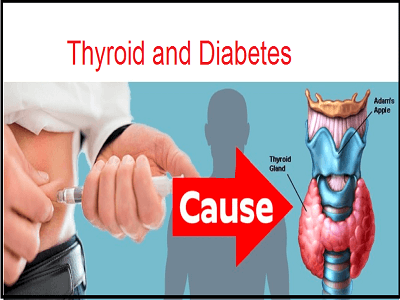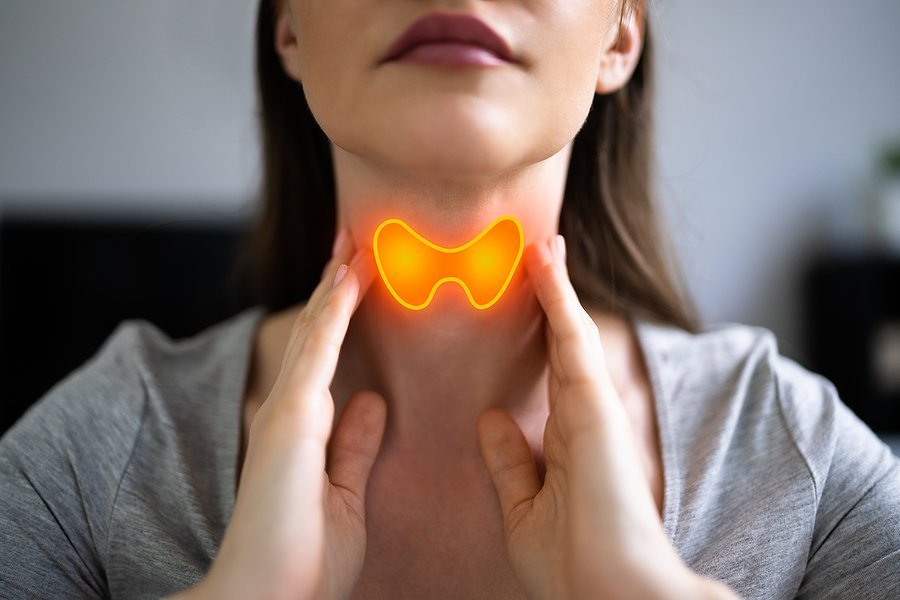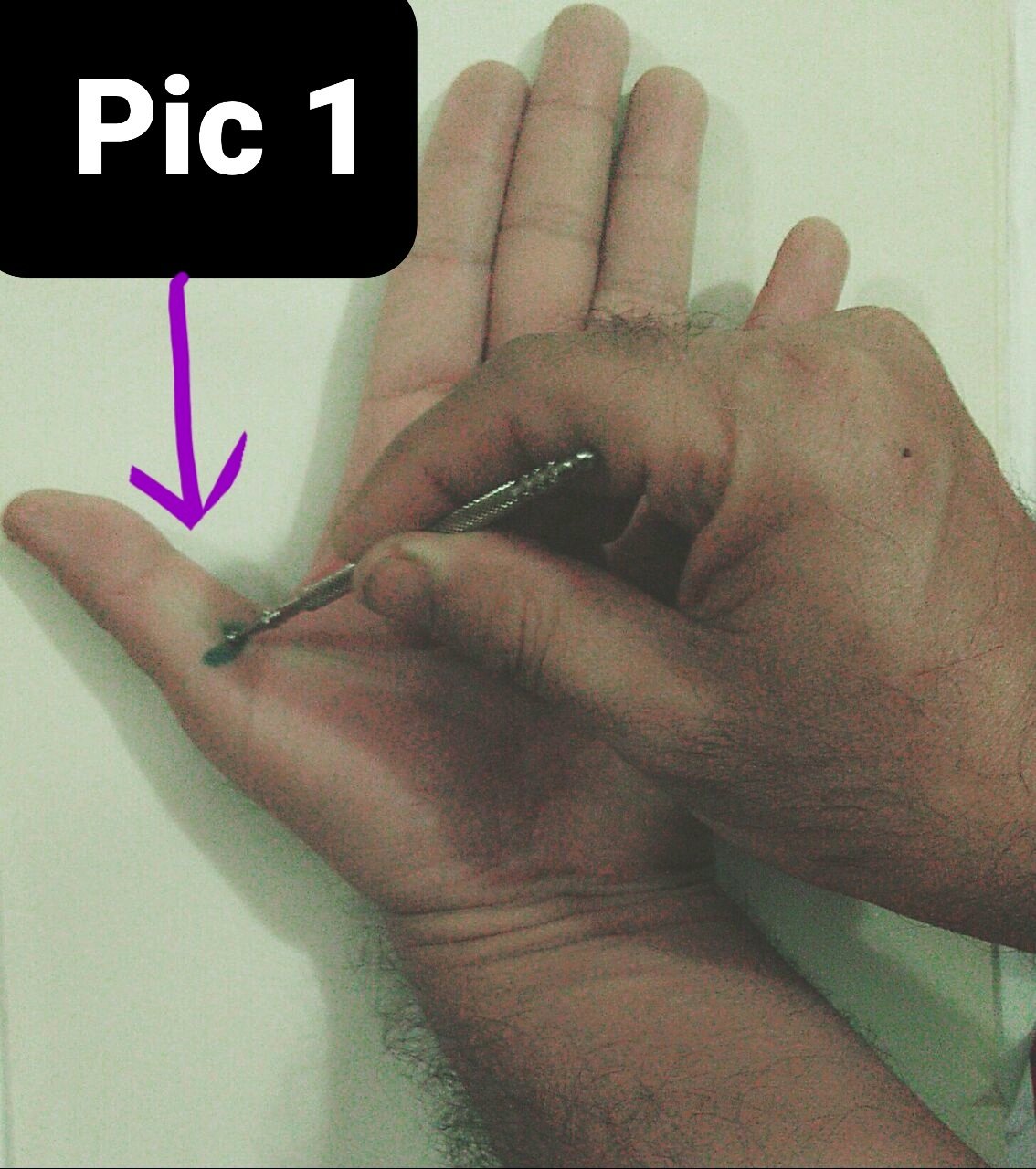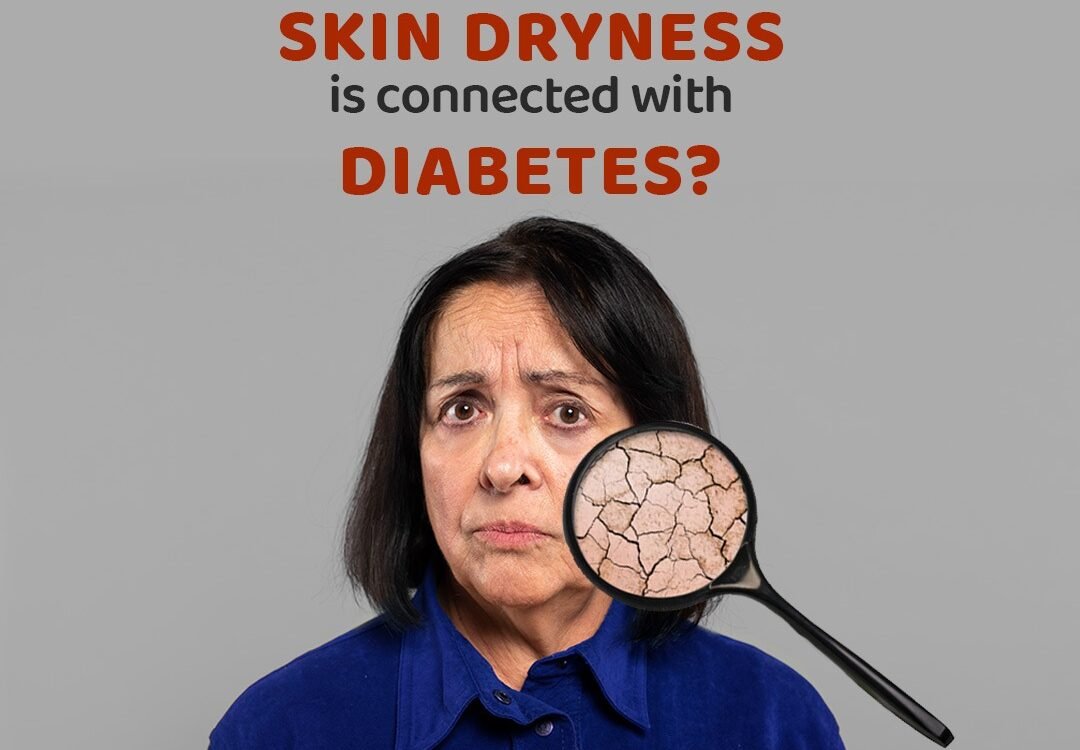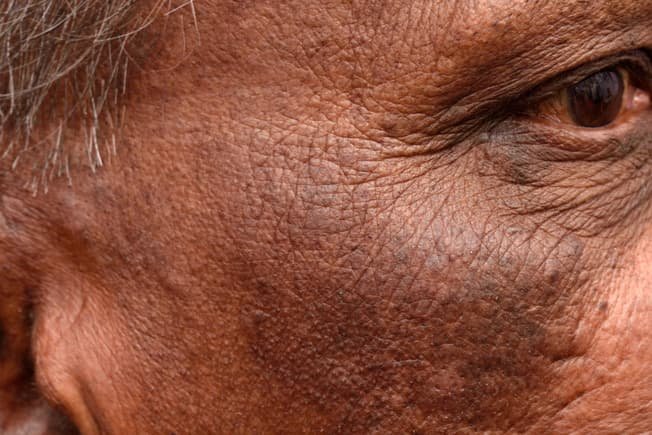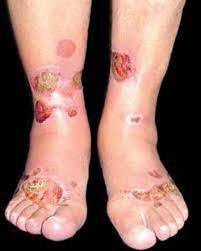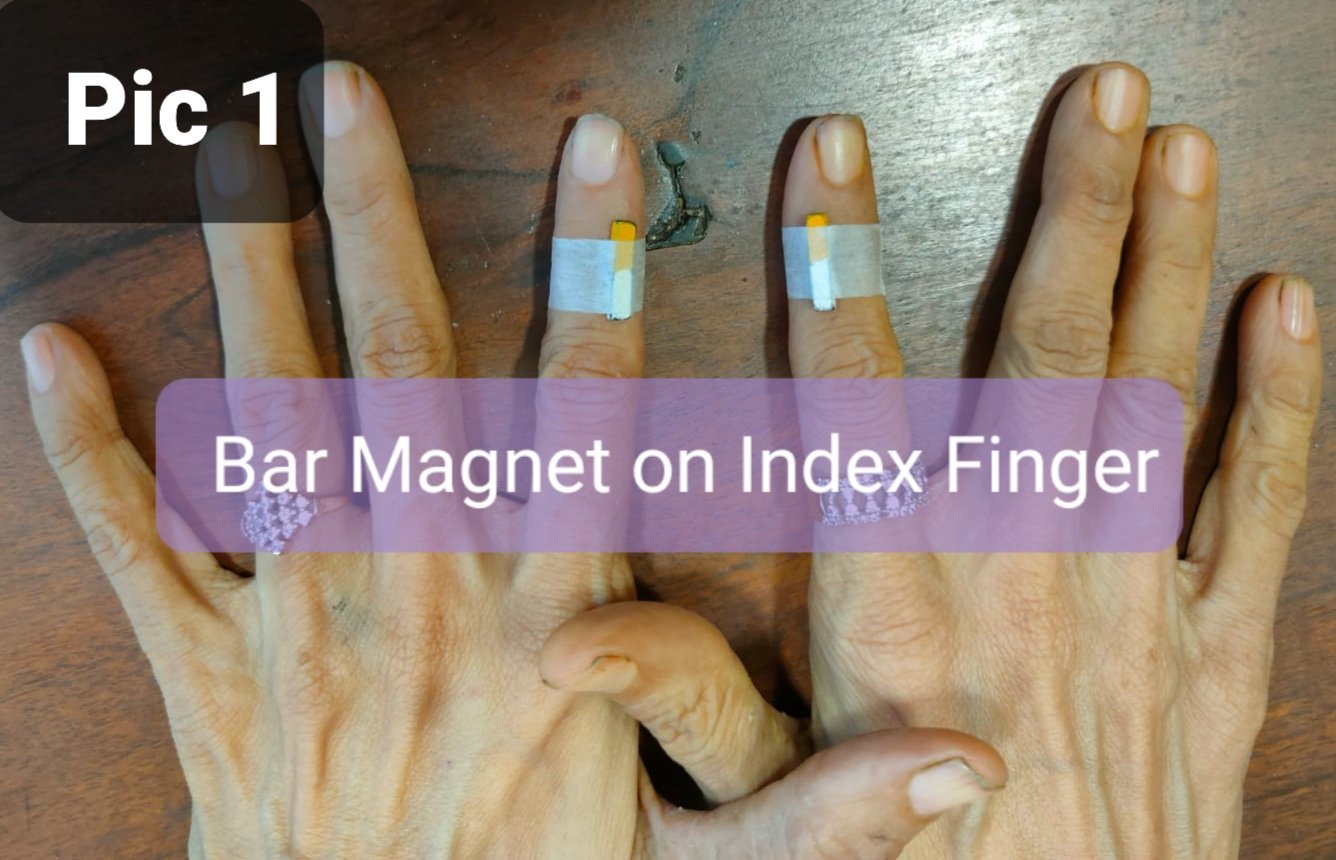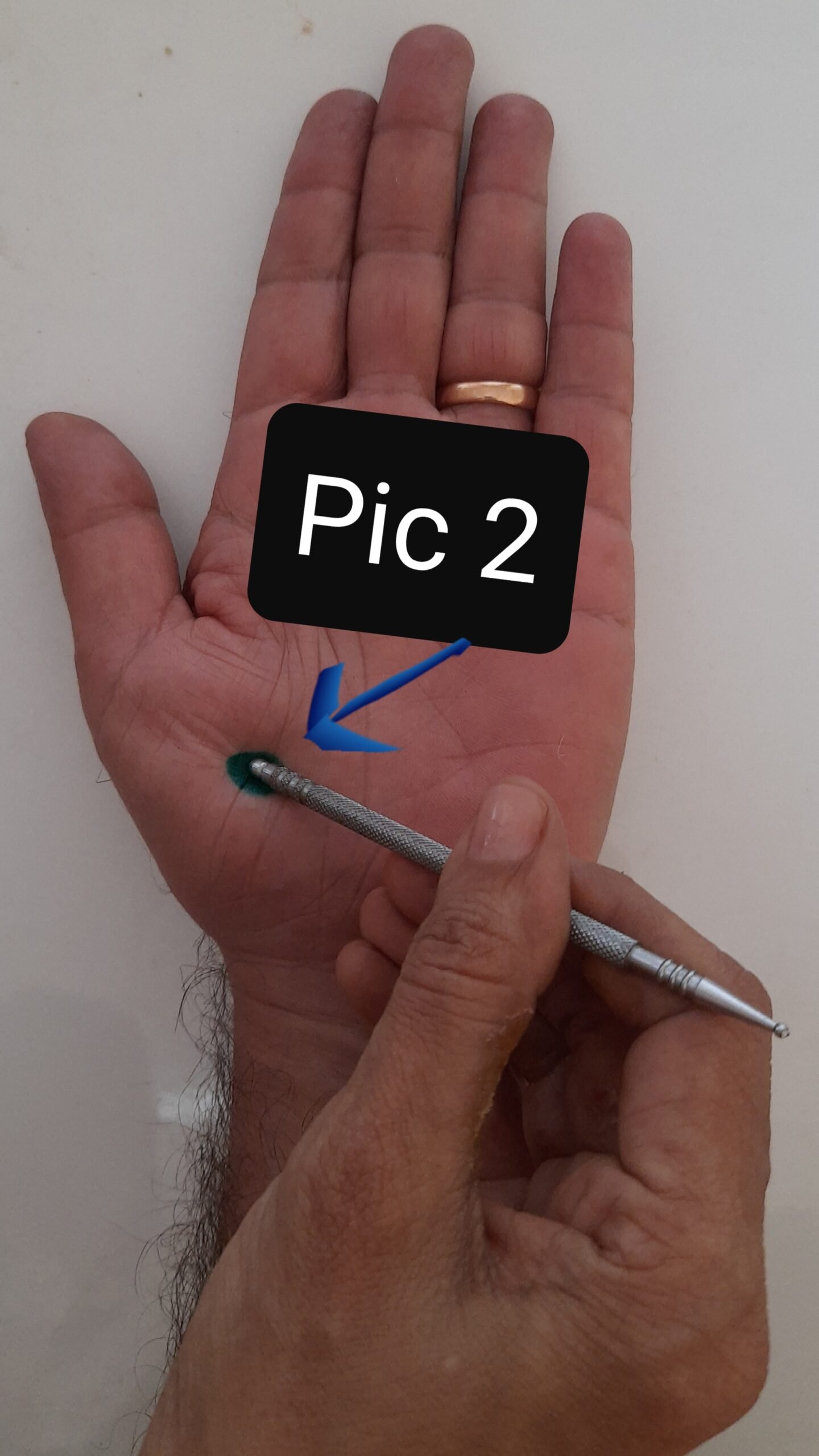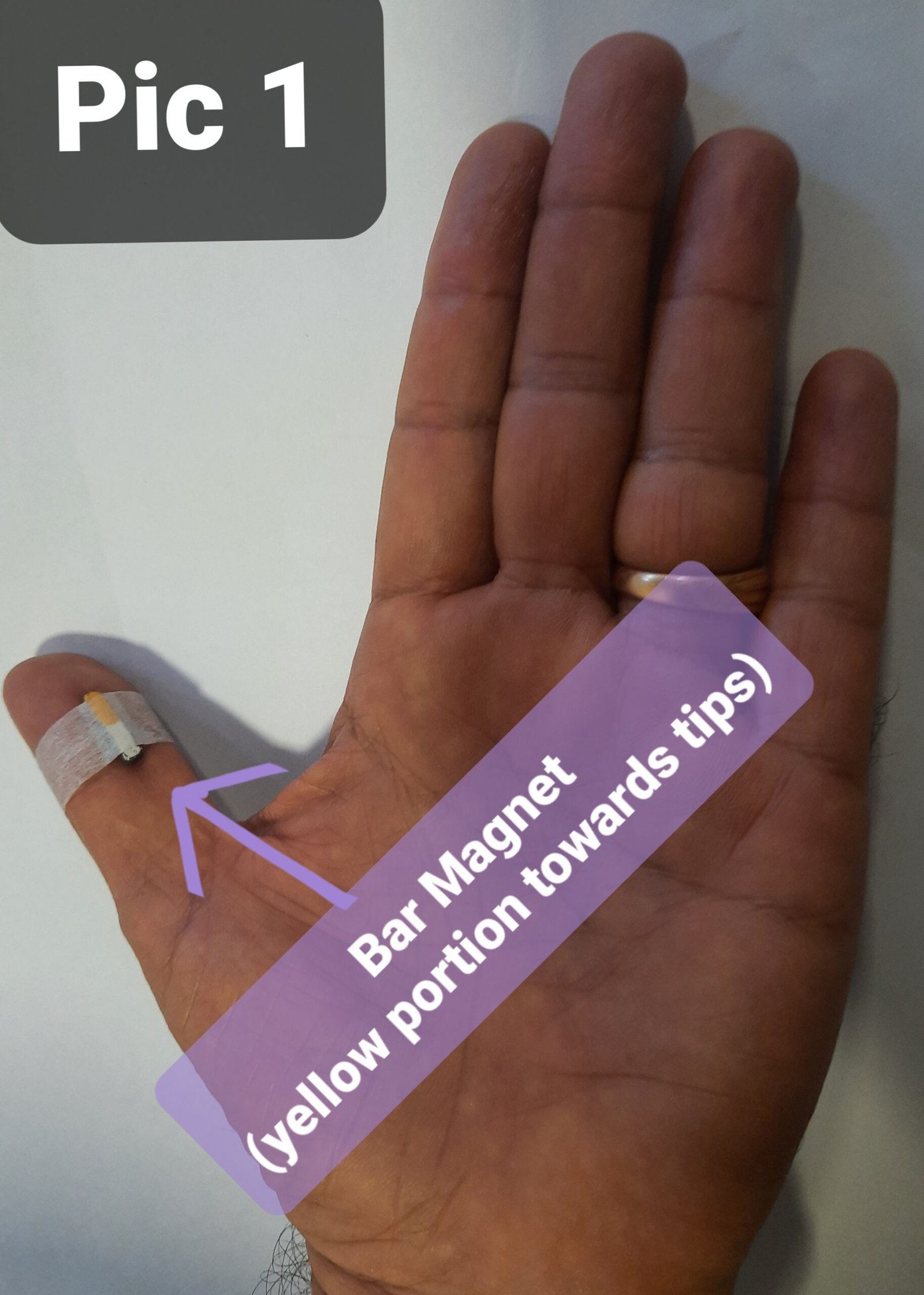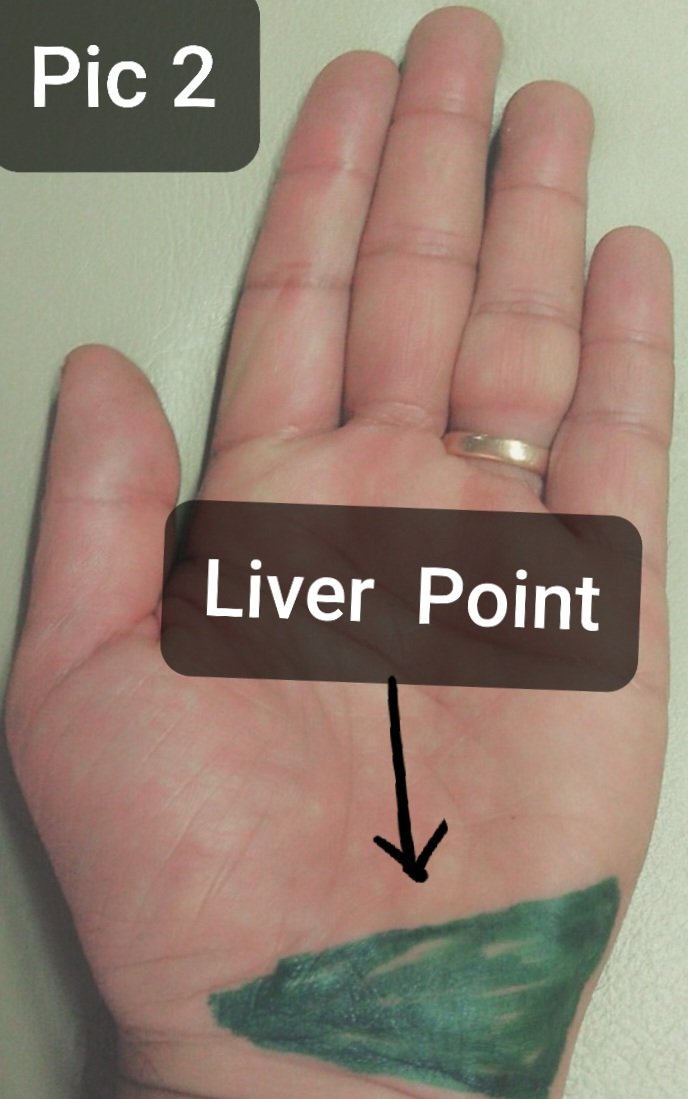Be careful, do not ignore Shoulder Pain, there may be a problem of Diabetes
Adhesive capsulitis commonly known as frozen shoulder is one of the lesser known diabetes complications. Frozen shoulder is not only painful but also leads to disability in daily activities.
What is frozen shoulder?
Frozen shoulder occurs when connective tissues around the shoulder joint are inflamed. This results in pain and stiffness which majorly restricts the shoulder joint movement.
It is progressive condition of 3 stages:
- Freezing – pain and gradual loss of shoulder movement
- Frozen – pain decreases but stiffness increases
- Thawing – recovery stage which lasts between 6 months to many
years
Relation between frozen shoulder and diabetes
Diabetics are at an increased risk of developing frozen shoulder because poorly controlled sugar levels effects collagen in shoulder joint, the main protein of connective tissue which holds shoulder joint bones together. Sugar molecules attach to collagen making it sticky resulting in stiffness of shoulder joint.


At our `Monisha’s Mantra`, we have Treated and helped individuals to solve their frozen shoulder problem without Medicine, without Syrgery and without any Side-effect; in following manner:
- Healthy eating is most important where we have to avoid gluten, refined sugar and fermented foods and focus on alkaline foods
- Sujok Therapy(Should be done before starting any physical exercises to reduce
inflammation and pain)- Gently twist second toe of corresponding side, clockwise and
anti-clockwise for a minute, 4 times daily (as shown in Pic 1) - Apply fenugreek plaster (methi) on the corresponding toe
daily at night (as shown in Pic 2)
- Gently twist second toe of corresponding side, clockwise and
